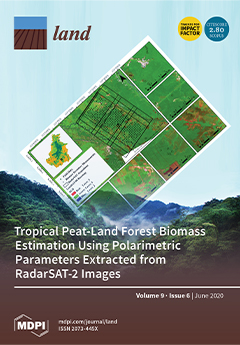Resource information
The urban heat island (UHI) effect has become a significant focus of research in today’s era of climate change, and a key consideration for the next generation of urban planning focused on green and livable cities. UHI has traditionally been measured using in situ data and ground-based measurements. However, with the increased availability of satellite-based thermal observations of the Earth, remotely sensed observations are increasingly being utilized to estimate surface urban heat island (SUHI), using land surface temperature (LST) as a critical indicator, due to its spatial coverage. In this study, we estimated LST based on Landsat-8 observations to demonstrate the relationship between LST and the characteristics of the land use and land cover on the campus of King Abdulaziz University (KAU), Jeddah, Saudi Arabia. We found a consistent variation of between 7 and 9 degrees Celsius for LST across campus, spanning all summer and winter seasons between 2014 and 2019. The LST correlates strongly with both green vegetation and built-up land cover, with a slightly stronger correlation with the latter. The relationship between LST and green vegetation has a notable seasonality, with higher correlation in the summer seasons compared to the winter seasons. Our study also found an overall increase in LST between 2014 and 2019, due to intentional changes in the built-up land cover, for example from the conversion of natural green surfaces to artificial surfaces. The findings of this study highlight the utility of the remotely sensed observation of LST to assess the SUHI phenomenon and can be used to inform future planning aimed at securing green and livable urban areas in the face of a changing climate.


